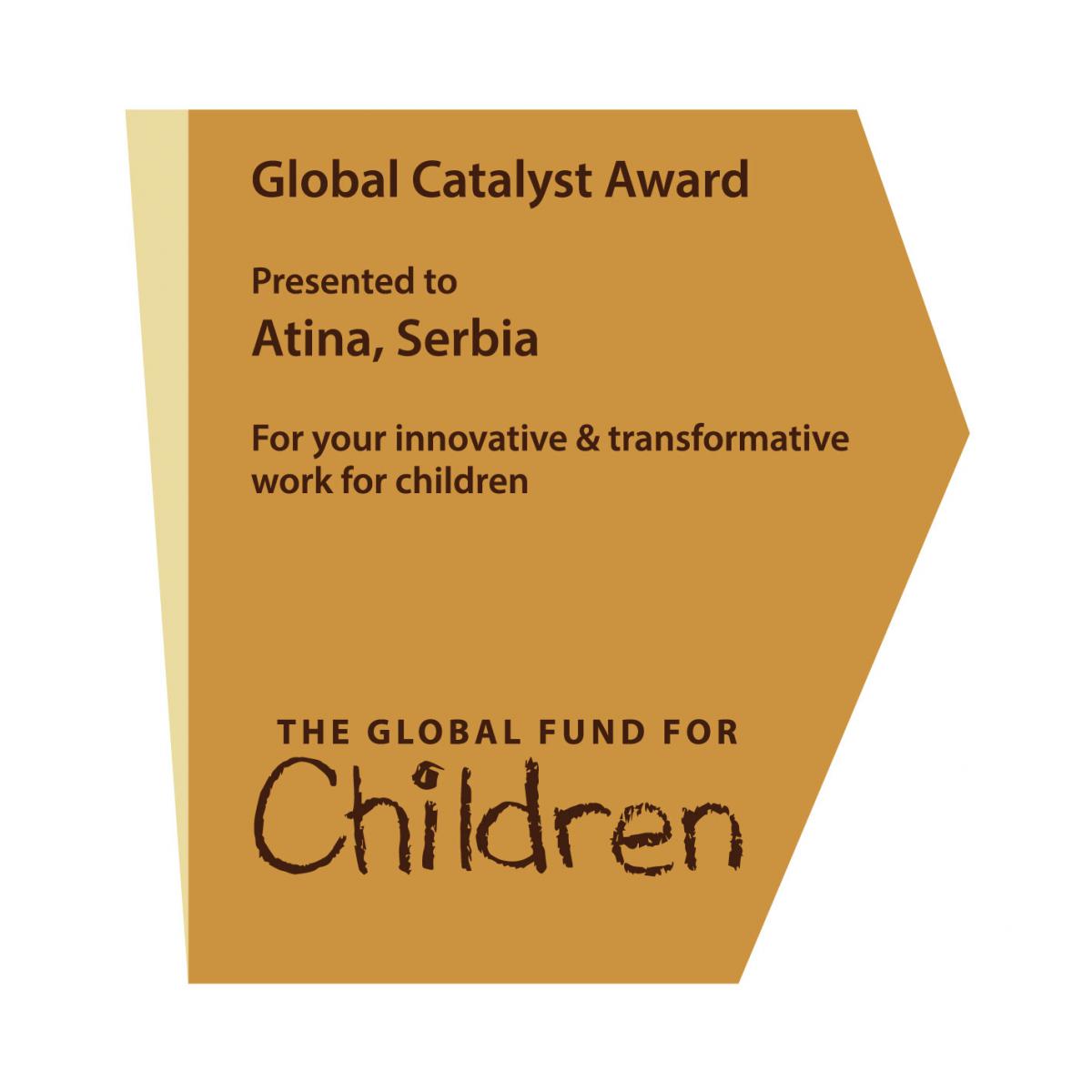Hotline: +381 61 63 84 071
Violence against women and girls among refugee and migrant population in Serbia

This research was done by NGO Atina in 2017 with a support of United nations population fund.
Gender-based violence, as a gross violation of human rights, is prohibited by numerous international conventions, as well as national laws in various countries, including Serbia. It represents acts which cause physical, sexual and mental harm and suffering, and is based on socially established or assumed differences (gender) between men and women. Violence against women represents a dominant form of gender-based violence, and it increases in times of humanitarian crisis, such as this latest refugee crisis, due to a number of factors, such as militarization or lack of protection mechanisms.
Bearing in mind the geographical position, which dictated for Serbia to find itself in the middle of the refugee route, the country has, therefore, since the eruption of the European refugee crisis, been in its very epicenter. It should be emphasized that the state authorities have tried to show and maintain a humane approach in providing protection and assistance to refugees, despite the enormous daily influx of refugees and their rapid movement through the country. From the summer of 2015, to May 2016, more than 700,000 asylum seekers were registered in Serbia, and it is assumed that the number of people who entered Serbia irregularly in this period was even higher, that is, that they were not all registered. By the end of that year, the number exceeded one million, and continued to grow in the first months of 2017, given that armed conflicts continued in the refugees’ countries of origin, and became even more intensified in some places (the Battle of Aleppo, Mosul siege).
The difficult position of women refugees, therefore, requires special attention of actors in the protection system, and sensitized approach in the provision of necessary forms of assistance, creation of support programs, but also devising policies for (potential) integration. It is necessary to give women refugees special attention, because they are multiple marginalized and discriminated; but also because a significant number of women refugees suffers physical, sexual and other forms of violence, as well as sexual and labor exploitation. Furthermore, services designed for women refugees are often inadequately treating their vulnerable position, which may inadvertently increase the risk of exploitation and violence against them.
Violence against women during European refugee crisis has been recorded on the ground many times by NGO Atina, and most often encountered in the form of: survival sex (for food, shelter, protection), forced prostitution, forced and child marriage, sexual assault, coerced pornography, nude touching, beating, kidnapping, and physical assaults. It is important to note that, given the countries of origin of women refugees, there are also other, less known forms of violence against women, typical for the countries of Near and Middle East, such as, for example, female genital mutilation (FGM), and honor killings, as well as threats to such acts. In the reports of NGO Atina’s (hereinafter: Atina), mobile teams from the ground, it was noted that women refugees suffered violence in various places, in their countries of origin, during the journey, but also in Serbia, in reception and asylum centers, as well as in other places where refugees were residing. Some women have been exposed to violence multiple times, in various forms, and by different persons. Perpetrators were, in most cases, their partners or other members of immediate or extended family, other refugees, smugglers and traffickers, but also employees in helping professions. In many of these cases, perpetrators remained unpunished because the authorities find it difficult to obtain evidence, which is the reason why the cases remain unprocessed.
Given the circumstances of a mass influx and rapid movement of refugees in Serbia at the beginning of the crisis, the actors in the protection system have not been able to always timely recognize and adequately respond to the occurrence of risk of exploitation and violence against women refugees, and to the acts of violence and exploitation, and they were mainly occupied with short-term rehabilitation of visible and acute consequences. The approach of the actors in the protection system, in 2015 and 2016, was mainly a humanitarian one, and was not directed toward long-term support programs. The acts of violence were viewed, and responded to, partially, and often ineffectively, because these acts were perceived as isolated cases, not a broader phenomenon, which led to the lack of joint activities and measures for the effective prevention. However, the longer stay of refugees in Serbia (and they have now been in the country for several months), requires a different and more meaningful approach to this issue, and considerations of long-term policies for early detection, combating violence against women refugees, and minimizing negative consequences.












 FACEBOOK
FACEBOOK TWITTER
TWITTER YOUTUBE
YOUTUBE